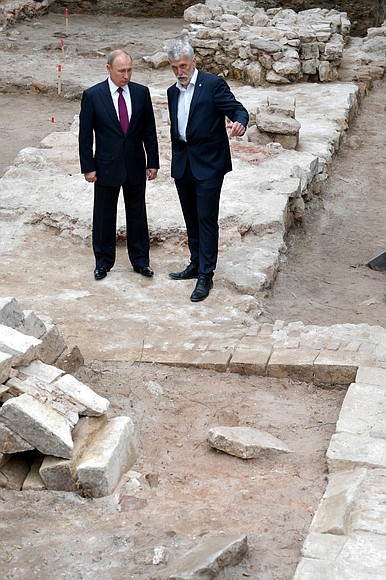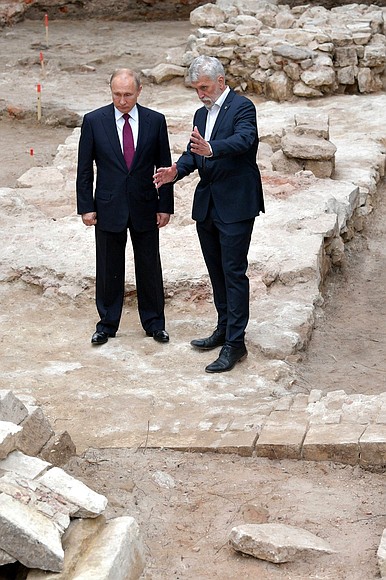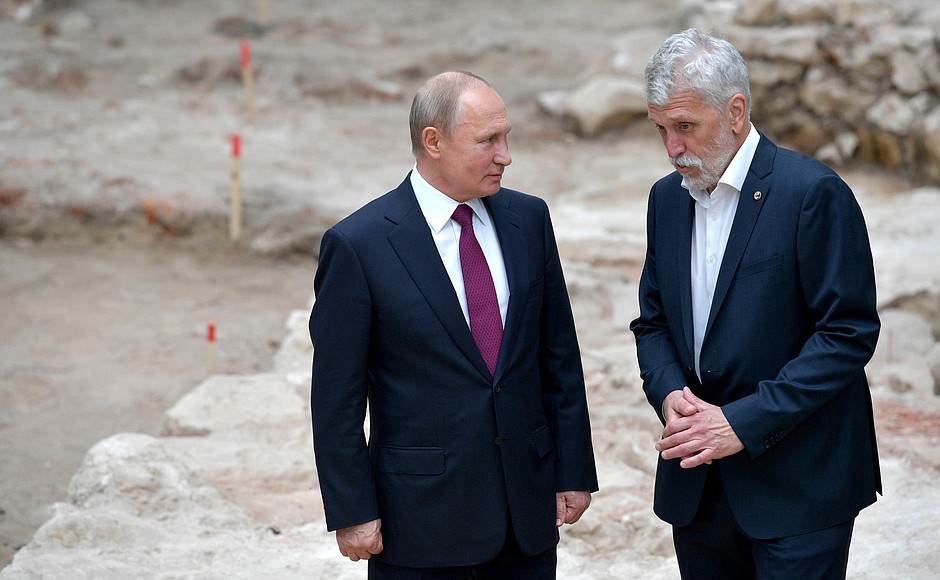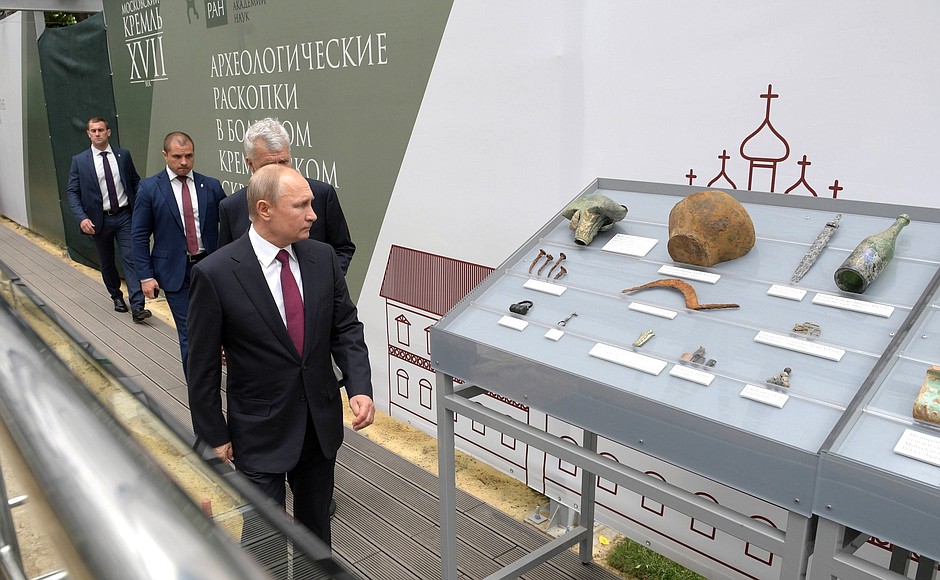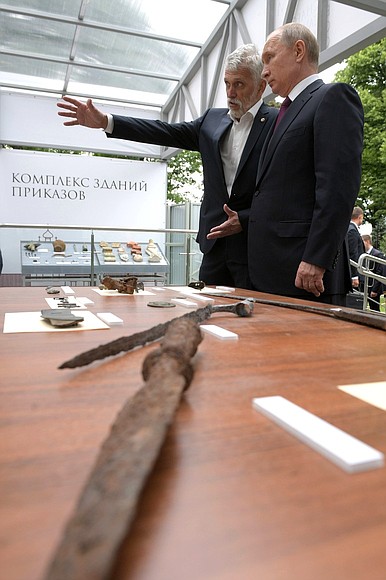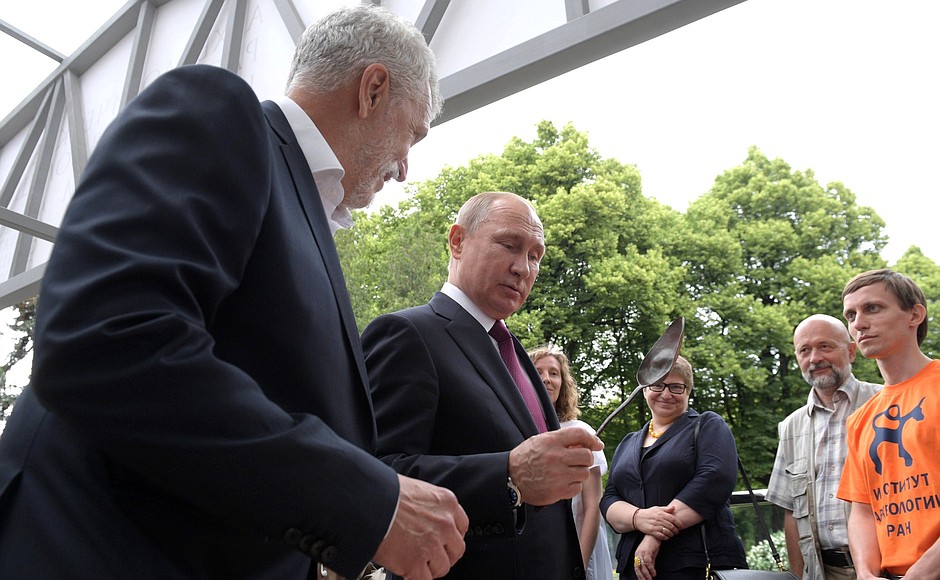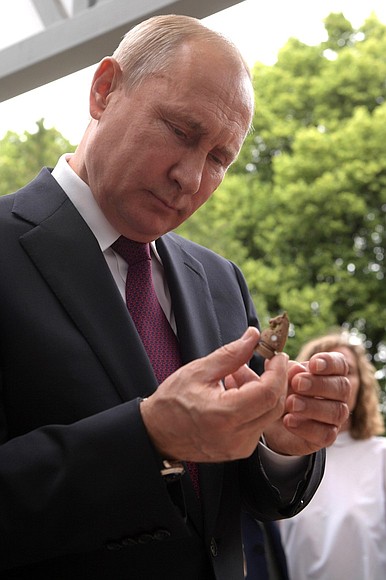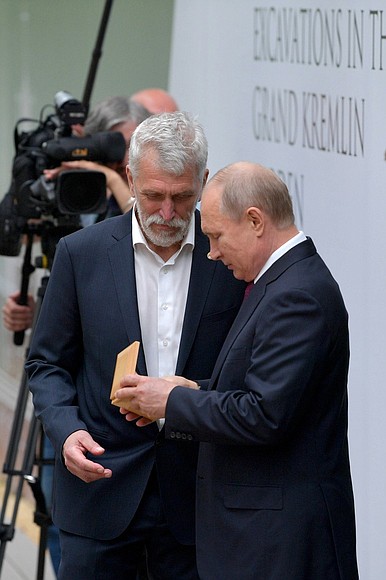Archaeologists commenced excavation work in the Grand Kremlin Public Garden in May. Both city residents and guests will soon be able to see their findings, as well as the process of further excavations.
According to Nikolai Makarov, Director of the Institute of Archaeology of the Russian Academy of Sciences, researchers studied where excavation would be most effective and where it was possible. They decided on the Grand Kremlin Public Garden as this part of the Kremlin's historical centre is located next to Cathedral (Sobornaya) Square, and it has the highest potential for finding archaeological deposits from the second half of the 12th century – Moscow's oldest deposits.
Also, during the 16th and 17th centuries, the Kremlin's public garden was where Russia’s main executive authorities – the prikazes – were located. These were departmental bodies whose activities ranged from foreign affairs to criminal investigation and which served as the basis for the future system of ministries.
The building that housed the prikazes was torn down by architect Vasily Bazhenov, who redesigned the Kremlin. Now, archaeologists have discovered the remains of this building, which will be made available to the public.
